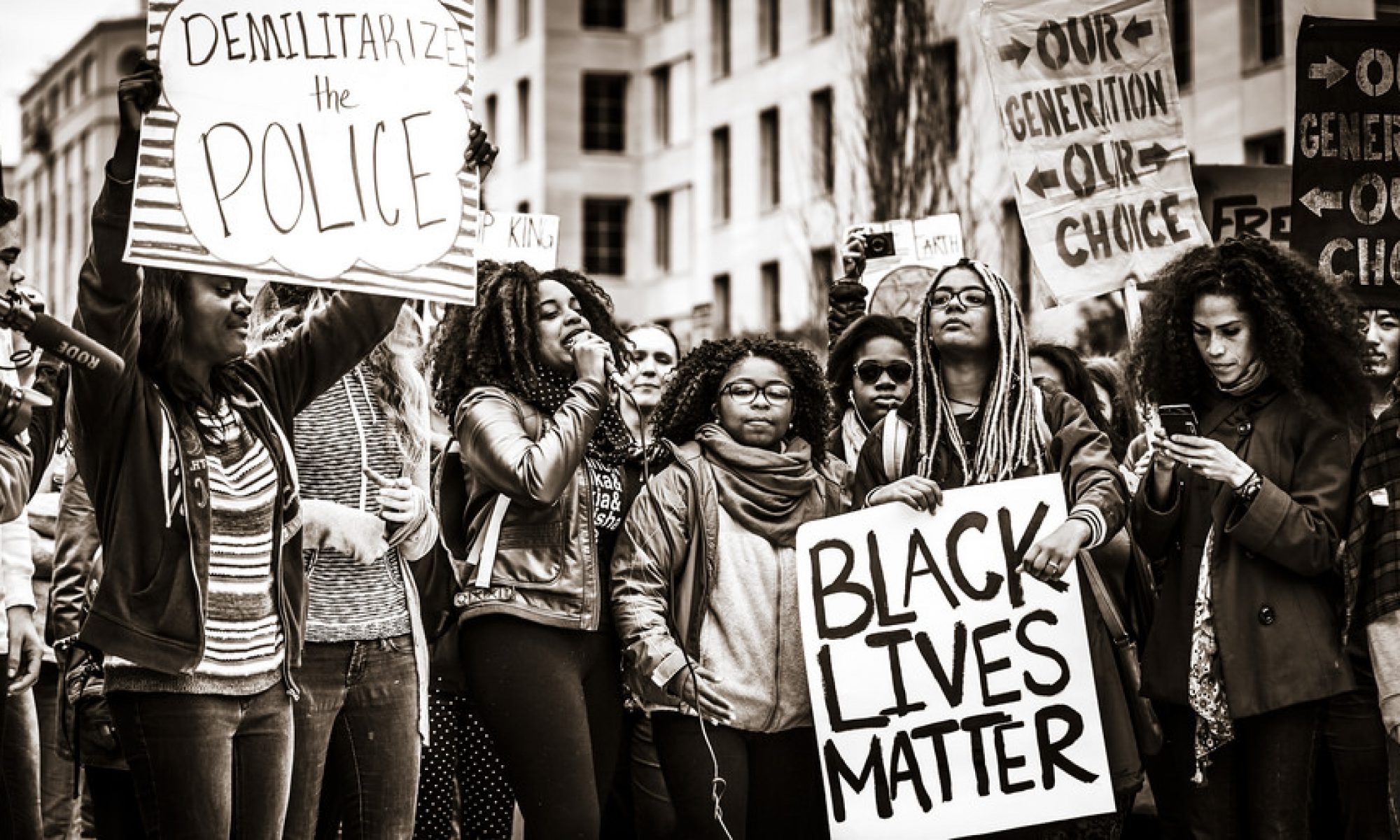Workshop II
Andrew Aldridge, “Killing Me Softly: An Observation of Hip Hop from a Feminist Lens”
This paper examines various ways women of color have fought against their portrayal in the male dominated hip hop culture, particularly their roles as music video dancers, models, and seuxalized objects. While my essay navigates questions of trying to combine feminism and hip hop, it is mainly concerned with how viewing hip-hop from a feminist perspective might enhance conversations surrounding race, class, gender, and sexuality. By examining the dichotomy between conscious and commercial rap, observing various approaches to combating sexism within the genre from Queen Latifah, Sistah Souljah, Eve, and Lauryn Hill, whose approaches differed from other artists like Lil’ Kim and Foxy Brown, who mainly embodied tropes of black female hypersexuality,as well as considering the work of scholars and poets, this essay aims to add to the dialogue about the intersection of women, rap, and hip-hop feminism.
Abby Blinka, “Revolutionary Litigation: Black Women’s Work as Cause Lawyers in the Black Freedom Struggle”
My proposed final paper is on black women’s expansion of roles in the black freedom struggle, beyond the work of activists, protest organizers, and intellectuals. Specifically, this paper will emphasize black women lawyers in the twentieth century who worked against racism and sexism through litigation. This expansion of roles included women such as Constance Baker Motley, Pauli Murray, and Kimberlé Crenshaw who all had different goals and varying approaches but are were all based in legal processes. By emphasizing the legal process, that is howthe law is made rather than simply the law itself, this paper will focus on the history of black women as agents of legislative change while navigating politics of race, gender, and class.
Madelyn Cobb, “Capitalism v. Communism”
Why haven’t more radical, progressive movements lasted? In this paper I will be researching radical, progressive movements ran by black female communists and their attempts for equality and attempting to answer why these movements were not publicized, are not largely remembered today, and why they did not work.
A’Janay Nicholson, “The exclusion of Women from the Million Man March”
Black men and women have been facing social, economic, and political issues since being brought to America. If they both are receiving unjust treatment from the world then how is it that Black women were excluded from the Million Man March on October 16, 1965? The Million Man March was organized to get Black issues back on the nation’s political agenda and shed light upon issues affecting the Black community. Issues like unemployment rates, poverty rates, unjust treatment from law enforcement, and prenatal care for Black women and kids because inner city hospitals were closing. Even though Women were told to stay home, they served as the backbone of the march. There were some influential women that spoke at the march and played a big role behind the scenes such as Maya Angelou, Rosa Parks, National Council of Negro President Dr. Betty Shabazz, Tynnetta Muhammad, E. Faye Williams and many more. You also had other influential Black women such as Angela Davis, who opposed the march because she thought justice cannot be served by countering a distorted and racist view of black manhood with a narrowly sexist vision of men standing “a degree above women.” Dr. Julianne Malveaux also publicly questioned why women were not invited. Looking at different primary and secondary sources helped discover different and new perspectives and interpretations about the Million Man March and the exclusion of Women. Coming into this research paper I assumed that Black women faced the same factors as men during this time. However, after analyzing articles, essays, speeches, and movies, I discovered that Black women face the same and maybe even more prejudices than their male counterparts. Don’t get me wrong, it’s good to see a group of Black males united, hugging, and treating their neighbor like their brother, but we can’t forget about the women who were going through similar and in some cases worse experiences than the Black men.
Juwan Shabazz, “Black Nationalism: An Analysis of Ula Taylor’s Work and The Contributions Made by Women of Color”
My essay will be split into three subsections where I will focus on analyzing two books written by Ula Y. Taylor: The Veiled Garvey and The Promise of Patriarchy: Women and the Nation of Islam. The goal of my paper will be centered towards answering larger questions around what black nationalism is, and how black women have played a role in its formation. Through using the books written by Ula Taylor, I will center the scope of my paper on the UNIA (Universal Negro Improvement Association and African Communities League) and the Nation of Islam, and how black women have contributed to each movement respectfully. While Ula Taylor’s work will be incredibly important to my paper, I will also use several other pieces of work to help expand upon her ideas. In particular, I will use articles written by Karen Adler and Keisha Blain that help to further expand upon Taylor’s research while also providing a broader depth of scholarship on the topic at large.
